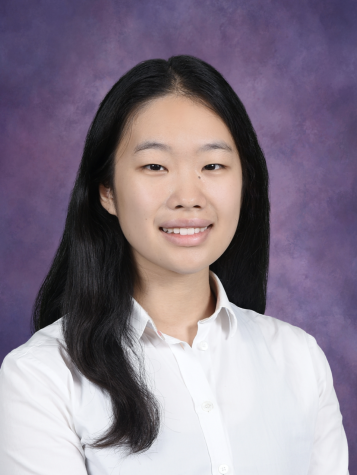Should the School Increase Access to Menstrual Products?
December 5, 2022
Sophia Zhang and Joanna Liu
This year, Lexington High School has been taking measures to increase awareness and accessibility to menstrual products. Products can be found in health classrooms, as well as dean’s and nurse’s offices. However, the school still has to make significant progress.
Students used to learn about the location of menstrual products during freshman orientation. However, this practice was stopped during the pandemic, which caused an unusual proportion of students, particularly juniors, to be unaware of the available resources.
“I don’t think in the past [students have] really known that they’ve had access to [menstrual products]. I know this year we made a conscious effort to place them in the classrooms where they’re visible,” Heather Arrigo, a health teacher, said.
Funding and supply-chain issues have made it difficult for the school to take significant action, and it would cost LHS over $1,000 to pay for dispensers and maintenance. Further concerns are that the administration would have little oversight over products if they were placed in bathrooms, which may cause problems like hoarding.
“Based on some past experiences, if they’re made available in all of the bathrooms that also sometimes leads to more problems than it solves with respect to the taking,” Andrew Stephens, the principal, said. “You usually would like to have one kid, one product at a particular time and that’s been a real issue.”
Despite these potential concerns, the school should expand access to period products because they are a necessity. If students cannot access them in an emergency, it can cause anxiety and affect learning abilities.
“It’s something that has been stigmatized as well, sort of like those who menstruate, it’s their problem. It’s even joked about sometimes or dismissed, but it’s as basic a need as toilet paper and soap,” Arrigo said.
Students also emphasize the importance of placing period products in convenient locations.
“For the times that you don’t have [menstrual products], it’s really hard to find,” Leah Barrentine, a junior, said. “It’s just not super accessible in my experience. I feel if they incorporated more tampons, pads, [and] other products, that would be good.”
In addition to the dean’s and nurse’s offices, some have proposed expanding access into all student and faculty restrooms.
“I just want to say that in that plan just make it really clear that these period products should be available in all bathrooms because mensurating is not a cisgender issue,” Arrigo said. “So when we do make it available once we figure it out it should not be for only certain bathrooms it should be available for all bathrooms.”
There are many plans to expand access to menstrual products. Last year, LHS nurse Raeanne Brazee worked with Andy Baker, the assistant principal, to increase accessibility in bathrooms. LHS’s Student-Faculty Senate is also working towards a solution.
“The Senate is looking to get to a place where they want to pilot making [products] available to see if [concerns about menstrual products] is well founded here,” Stephens said.
In the meantime, access to menstrual products for students is critical. Thus, initiatives must provide students thorough information about accessing products so they can readily locate them.

